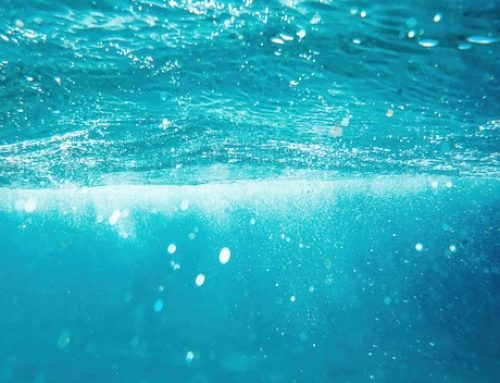Mastering the Skills in Swimming
Introduction
Swimming is a popular activity that provides various health benefits, including cardiovascular fitness, improved endurance, and increased muscle strength. However, swimming is not just about jumping into a pool and paddling your arms and legs. It requires a set of skills that every swimmer must master to become proficient in the water. In this article, we will discuss the essential skills in swimming that every beginner swimmer should learn.
Breathing Technique
Breathing is one of the most critical skills in swimming. Proper breathing technique allows swimmers to maintain a steady and efficient pace while swimming. Swimmers should inhale deeply through their mouth and exhale completely through their nose or mouth when their face is submerged in the water. Moreover, taking a breath should be timed with the stroke, so swimmers do not disrupt their pace.
Body Position
Proper body position is essential in swimming to maintain balance and minimize drag. Swimmers should keep their body near the surface of the water to reduce resistance and move as quickly as possible. Additionally, the head should be in a neutral position, looking forward, and avoid lifting it too high or too low.
Stroke Techniques
Swimming strokes refer to the way a swimmer moves through the water using their arms and legs. There are four primary swimming strokes: freestyle, breaststroke, backstroke, and butterfly. Each stroke has specific techniques that a swimmer should master to move efficiently and effectively through the water. Below is a table showing the essential techniques in each swimming stroke:
| Swimming Strokes | Essential Techniques |
|---|---|
| Freestyle | High elbow recovery, streamlined body position, rhythmic breathing |
| Breaststroke | Arm movement in a circular motion, frog-like leg kick, head and chest lift during breath |
| Backstroke | Alternating arm strokes, flutter-kick, steady head position, breathing technique |
| Butterfly | Dolphin-like body undulation, simultaneous arm movement, dolphin kick, breathing technique |
Flip Turns
Flip turns refer to the technique swimmers use to change direction when they reach the end of a pool. Mastering flip turns is essential to maintaining a steady pace and avoiding the need to slow down or stop when reaching the end of the pool. Swimmers should approach the wall, tuck their chin to their chest, and perform a forward roll while pushing off the wall with their feet.
Endurance and Stamina
Swimming requires swimmers to exert a considerable amount of effort and energy to move through the water. Consequently, swimmers need to build their endurance and stamina to swim for more extended periods without getting tired. Swimmers can build their endurance through regular practice, consistent workouts, and varying their swimming speed.
Water Safety
Water safety is an essential skill that every swimmer should learn. Swimmers need to understand basic water safety rules, such as avoiding swimming alone, swimming in designated areas, and avoiding swimming during adverse weather conditions. Additionally, swimmers should know how to float, tread water, and rescue themselves and other swimmers in an emergency.
Conclusion
Swimming is a fun and exciting activity that provides various health benefits. To become a proficient swimmer, you must master the essential skills in swimming, including breathing technique, proper body position, stroke techniques, flip turns, endurance and stamina, and water safety. With consistent practice, hard work, and dedication, you can become a skilled and confident swimmer. So dive in and start mastering these skills today!





